Should people feed wildlife?
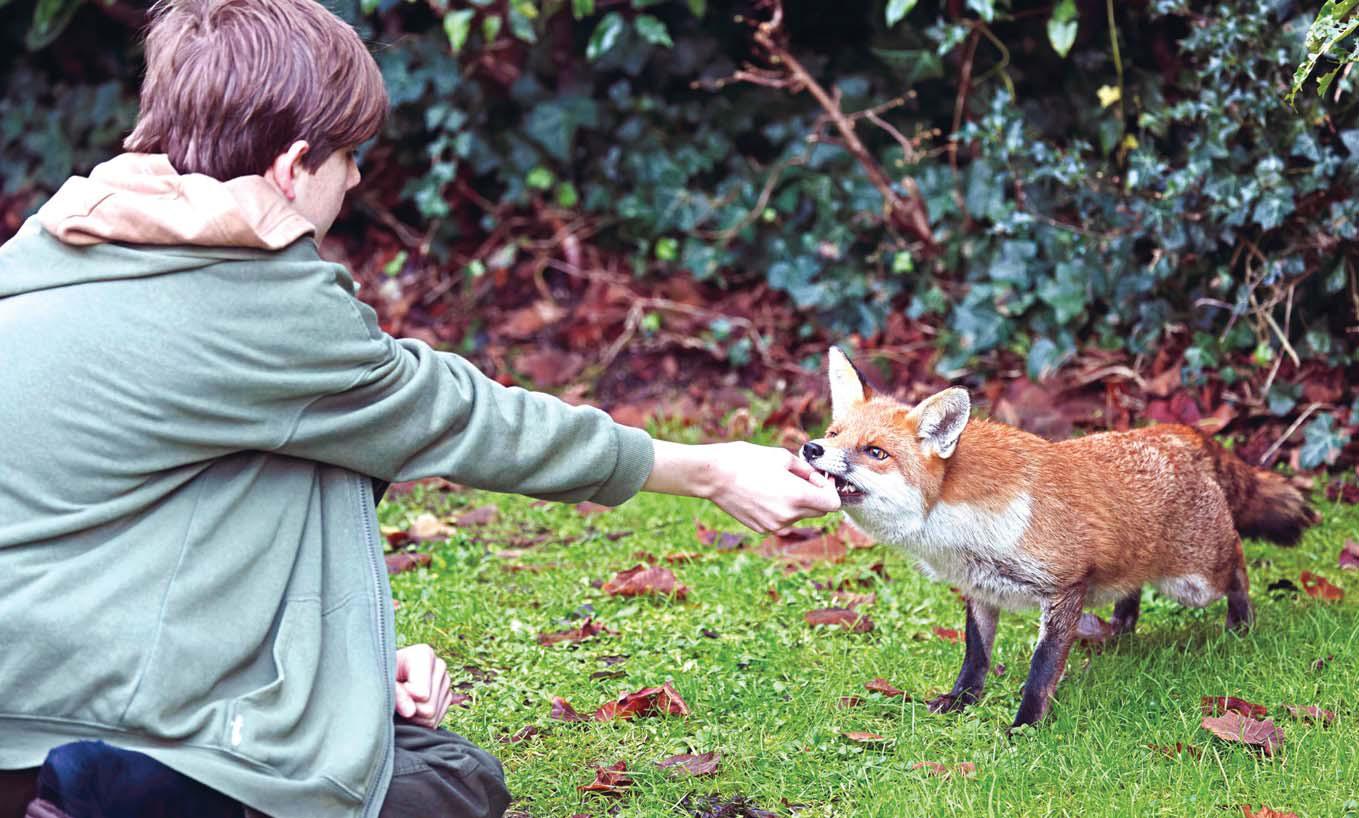
In villages, towns and cities, lots of different animals have had to adapt to living alongside humans. Badgers, birds and foxes are some examples of species that have learned how to survive in these environments. Many people enjoy seeing these animals out and about near where they live, and like to leave bits of food out for them to eat. Whether it’s seeds in a bird feeder or some tinned food left out for a fox, it’s a fun way to connect with wildlife. However, other people think it’s better to leave animals alone.
Lend a helping hand
Some times of the year are particularly tough for certain creatures. In winter when the ground is very cold and hard, or when it hasn’t rained for a long time, it’s difficult for animals like foxes and badgers to find insects and earthworms. Giving animals food can help them to get through these periods when their natural food sources are harder to find.
Leaving food out for animals may also encourage biodiversity, which is the variety of wildlife in a particular area. A study has shown that people in the UK have seen a more diverse range of bird species in their gardens since 1970, which scientists have linked to more people using bird feeders.
Connecting with nature
Bu hikaye The Week Junior Science+Nature UK dergisinin Issue 71 sayısından alınmıştır.
Start your 7-day Magzter GOLD free trial to access thousands of curated premium stories, and 9,500+ magazines and newspapers.
Already a subscriber ? Giriş Yap
Bu hikaye The Week Junior Science+Nature UK dergisinin Issue 71 sayısından alınmıştır.
Start your 7-day Magzter GOLD free trial to access thousands of curated premium stories, and 9,500+ magazines and newspapers.
Already a subscriber? Giriş Yap

SECRETS OF THE SEAS
Take a deep dive beneath the waves as Melissa Hobson reveals the incredible animals that live in our seas.
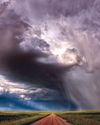
Controlling the weather
Is technology being used to change the weather, or is it science fiction?

NEXT STOP: THE FUTURE
All aboard as JD Savage takes the fast track through 200 years of train travel.

The race is on between robots and humans
Twenty-one robots competed against human runners in the Yizhuang half-marathon in Beijing, China in April.

Growing baby corals
Meet the UK scientists giving breeding corals a helping hand.
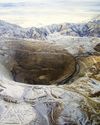
Could you dig all the way through the planet?
Learn the science behind digging a giant hole.

Fabien Cousteau
Meet the ocean explorer who plans to build a futuristic base under the sea.
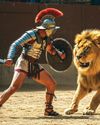
Gladiators fought big cats for entertainment
Scientists have found the first physical evidence in Europe that Roman gladiators fought lions.
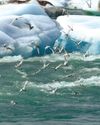
HEADSCRATCHERS
Hi, I'm Pete, and I love science and the natural world. I work with the Royal Institution (Ri) in London, where you can find exciting, hands-on science events for young people.

Life on another planet?
Scientists have found molecules (groups of atoms) that could point to life on another planet.
